Date: 1 March 2016 Temperature: 27ºC Weather: Sunny
On day 4 of the trip we headed off to the Big Cypress National Preserve with high hopes of seeing the Florida panther (Puma concolor coryi) using our identification skills we acquired the previous day at the FGCU Wings of Hope program. The preserve held great promise for a panther sighting as the area has had the highest spotting rate this year.
Big Cypress National Preserve
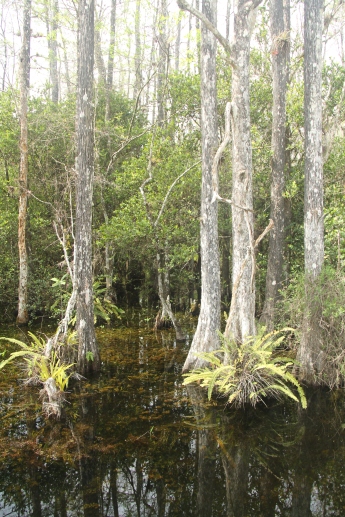
The 729,000 acre preserve was created in 1974 in order to protect the water quality, natural resources and ecological integrity of the Big Cypress Swamp. The preservation of the freshwater swamp is essential to the integrity of the neighbouring Everglades and the marine estuaries along Florida’s southwest coast.
One of the main focuses of the preserve is to protect the wildlife including the 10 Federally endangered/threatened species that reside in the preserve. The two species of greatest concern are the two most threatened: the Florida panther and the red-cockaded woodpecker (Leuconotopicus borealis).
One of the major threats to the red-cockaded woodpecker its rapidly deminishing habitat range. The woodpecker only nests in old growth pine trees, a habitat that is almost non-existant outside of the preserve. Luckily the preserve is home to 87 known nest clusters that are regularily monitored for their health.
Habitats
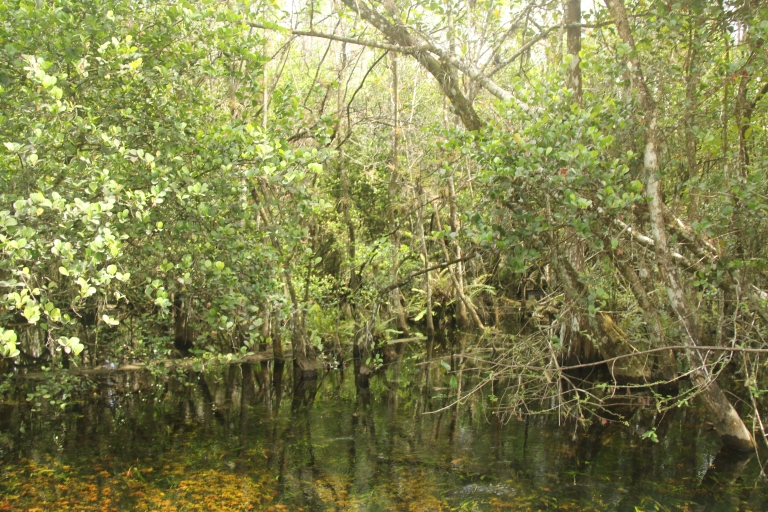
While driving through the park you can get a clear picture of the various habitats in the park and how their distribution is affected by elevation changes. Although the park was preserved for the freshwater swamp, the part also contains pinelands, hardwood hammocks, freshwater marl prairies and estuaries, all of which are connected by the same water source. As we drove through the reserve we were greeted by cypress swamp one one side and prairie on the other. As we moved further into the reserve the elevation started to rise and we began to see more of the old growth pinelands.
Wildlife Spotting
Unfortunately we did not have the opportunity to see the Florida panther or the red-cockaded woodpecker during our visit, driving through the perserve did offer us the opportunity to see many animals and their behaviours.
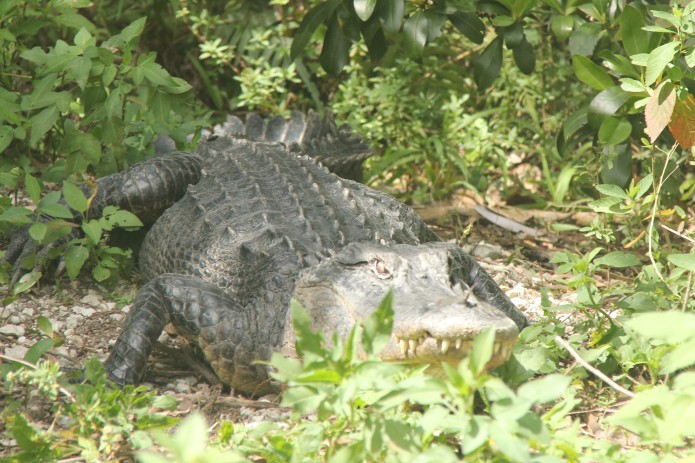
Numerous American alligators (Alligator mississippiensis) were seen along the side of the road. They all appeared to be enjoying the mid-day sun as a means of warming their bodies to their cold-blooded nature.
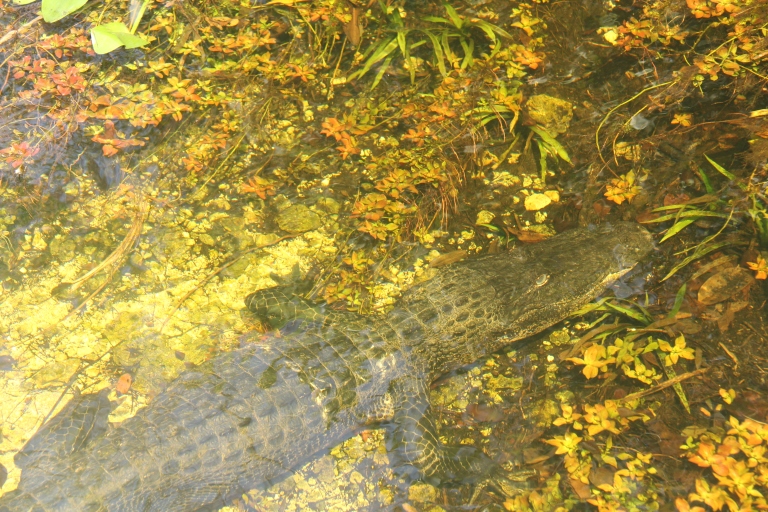
Although they required being in the sun to warm-up, they were always close enough to the water to make a quick get-away when needed, as was the case a few times when they thought our vans were getting a little too close for comfort.
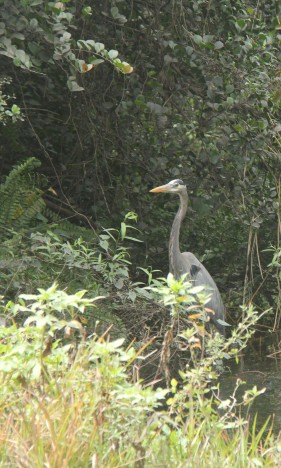
The clear open water was often a great location to spot wildlife. Numerous fish including several native alligator gar fish (Atractosteus spatula) and the non-native oscar fish (Astronotus ocellatus). Additionally, a large Florida softshell turtle (Apalone ferox) was spotted swimming in the deeper water.
The trees proved to be a great location to spot birds and the occasional amphibian. Some of the birds spotted during the day were a great blue heron (Ardea herodias) standing incredibly still by the water’s edge and a black-crowned night heron walking along a fallen log potentially hunting for its prey such as a frog.
The trees were also interesting locations to find lizards and mammals. Unfortunately, because we were driving we it was difficult to identify some of the wildlife down to species. One of the lizards we saw was a skink (Scincidae) in a tree right before it hid in a crack in the bark. We also were lucky enough to see a Sherman’s fox squirrel (Sciurus niger shermani) cross the road and run into a tree.
Plants Species
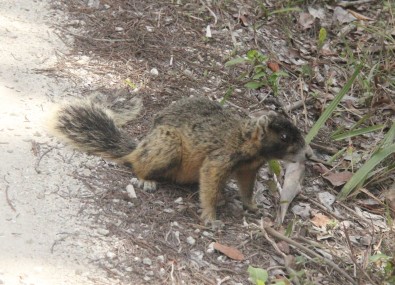
The most dominant plant species we saw in the reserve were bald cypress (Taxodium distichum) and slash pine (Pinus elliottii). On of the more unique interesting plants we saw were the airplants. There are 16 known species in Florida, some of which are endanged. The cardinal airplant (Tillandsia fasciculata), one of the endangered species, was indentified on several trees in the reserve. Air plants are epiphytic, meaning they grow on other plants; however, they are not parasitic, they simply use the host plant for support.
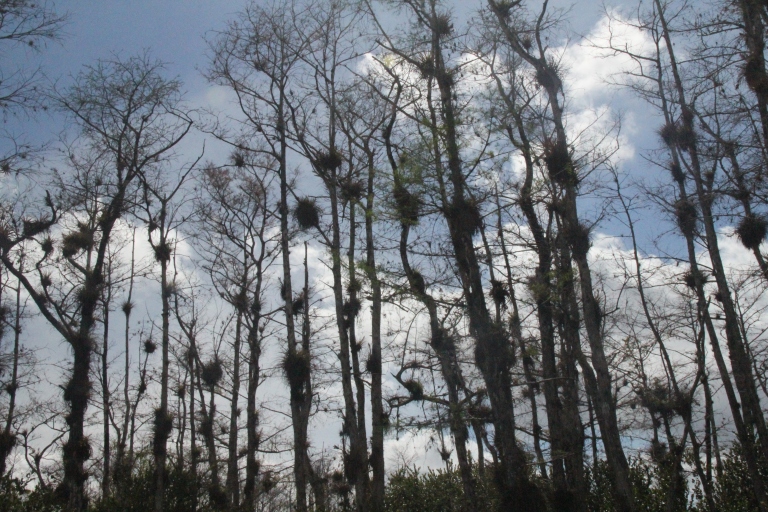
Airboat Ride
After visiting the Big Cypress National Preserve we went to Coopertown located along the Tamiami Trail where we went on an airboat tours the Florida Everglades. The airboat tour was possible due to the volume of water in the Everglades which can range from a few inches deep to up to 8 feet deep.
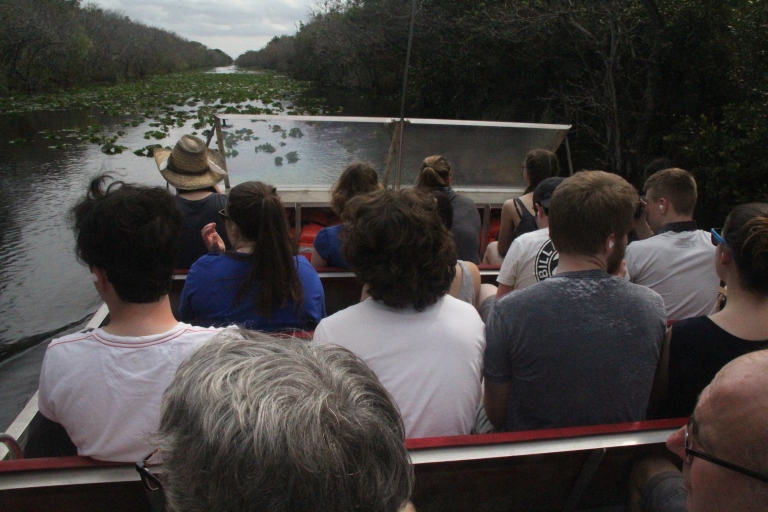
Plant Species
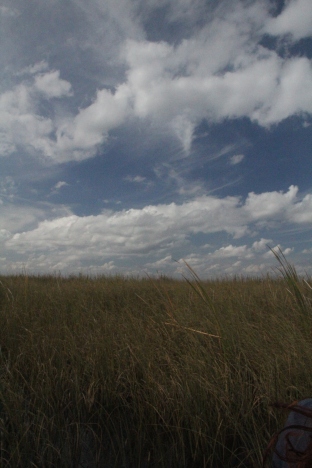
While out on the tour we got an understanding as to why the Everglades have the nick name “River of Grass”. Everywhere you looked all you could see was sawgrass (Cladium jamaicense), the dominant plant in the everglades. Sawgrass not actually a grass but a type of sedge that is native to Florida and it is currently under threat due to nutrient enrichment of the Everglades causing cattails (Typha spp.) to thrive and outcompete the sawgrass.
Other plants we saw on the tour were the two varieties of needle grass; Florida needle grass (Piptochaetium avenacioides) and black needlegrass (Piptochaetium avenaceum) which can be found throughout the majority of everglades. We also saw the pond apple (Annona glabra), also known as alligator apple because alligators have been seen eating the bright yellow fruit. Additionally we saw various willow (Salix spp.) species, which are known by the Native American’s in the region as toothache trees because they were used as a form of asprin, often consumed as a tea.
Wildlife Species
On the tour we did not get to see nearly as many animals as in the Big Cypress National Reserve, but we did get to see a female American alligator . The guide identified it as a female due to its narrow snout and the fact that its eyes bulged more. He explained that an alligator’s tail is 90% muscle, their jaw can have up to 250 tonnes of pressure per square inch and they can hear up to 3 miles away. That keen sense of hearing likely means that the alligator heard out boat coming and it is possible that she did not move and hide because she is desensitized to the noise and believes the boats are not a risk.
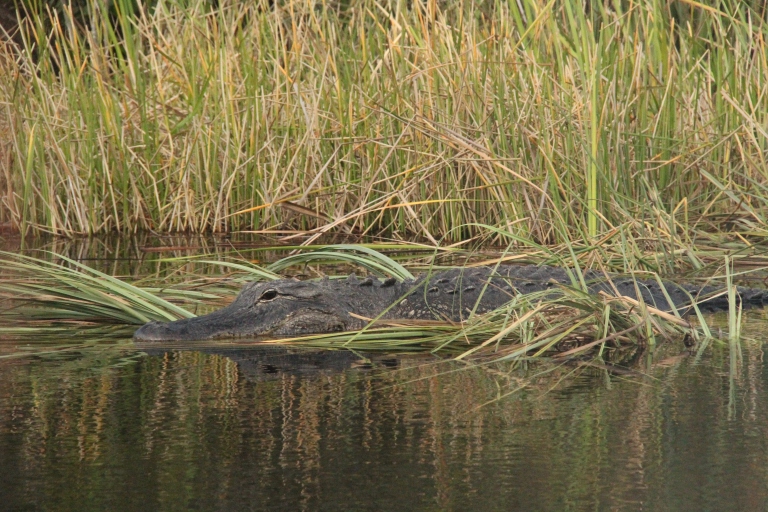
After the tour we were given a quick presentation of the animals they had in their park. This was the least favourite part of the day for many of us as it seemed as though the enclosures were too small for the alligators and the snakes appeared frightened by the fact that they were hiding their bodies and heads underwater. One of the snakes behaving that way was an albino Burmese python (Python bivittatus), one of the many non-native snakes that was likely released into the wild either by accident in one of the hurricanes or potentially intentionally by someone trying to get ride of a pet.
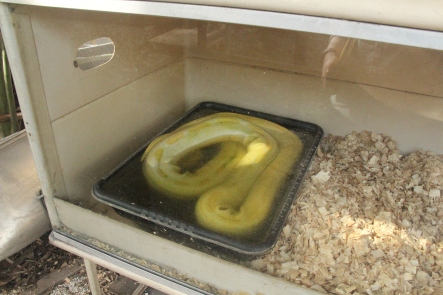
On the whole, the whole day was a great experience, with the highlight being the trip to Big Cypress National Reserve. Even though we did not see a panther, being able to see the various habitats in the reserve was exciting. It was a fun challenge to try to spot wildlife in up to two habitat types at once.
References
Institute for Systematic Botany 2016. Atlas of Florida Plants. [Online]. Available at: http://florida.plantatlas.usf.edu/Genus.aspx?id=946. Accessed: April 6 2016.
National Park Service Date Unknown. Big Cypress : Freshwater to the Sea. [Online]. Available at: https://www.nps.gov/bicy/index.htm. Accessed: April 5 2016.
National Park Service Date Unknown. Big Cypress : The Five Habitats. [Online]. Available at: https://www.nps.gov/bicy/learn/education/curriculum-and-materials.htm. Accessed: April 5 2016.
